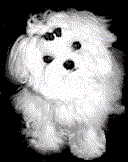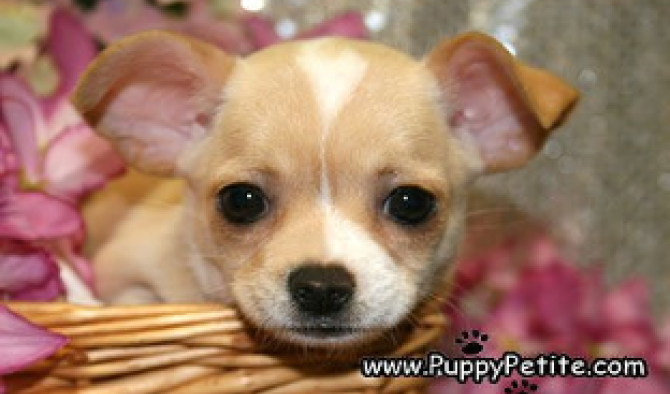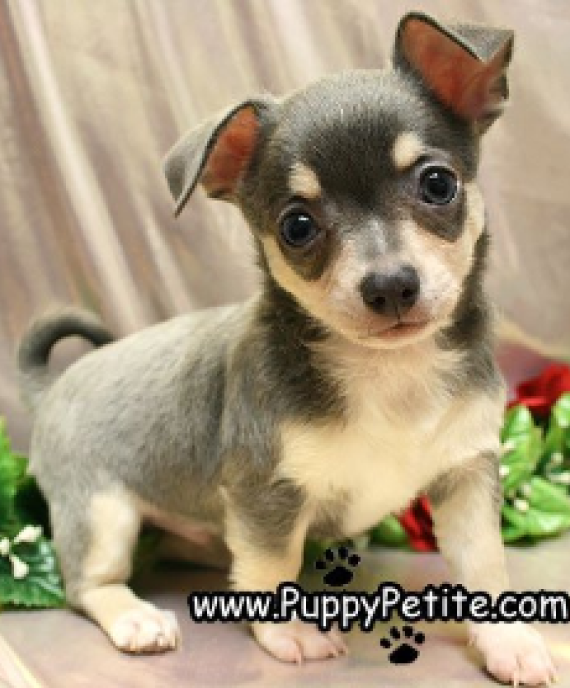

- Phone
- Email puppypetite@aol.com
-
Address
8002 17th Ave, Brooklyn NY 11214

Potty Training Methods For Your Chihuahua Puppy
A Chihuahua puppy is a young dog from the smallest breed of the dog family, known for its petite size, perky ears, and expressive eyes. The breed hails from Mexico and is named after the state of Chihuahua. One of the most prominent features of a Chihuahua puppy is its diminutive size, with adults typically weighing no more than 6 pounds. Their coats can be long or short and come in a variety of colors and patterns. Chihuahuas have apple-shaped heads with large, round eyes that are dark or ruby in color. Their ears are large and stand erect when alert, adding to their inquisitive appearance.
Despite their small stature, Chihuahuas are known for their bold and lively temperament, often seeming unaware of their size. They are intelligent, fast learners, and can be fiercely loyal to their owners.
Potty training is an essential aspect of raising a Chihuahua puppy. Given their small size and swift learning abilities, the right approach can yield positive results. Training methods should be consistent, patient, and encouraging to help them understand and adapt.


Leash Training
Leash training is a vital part of canine discipline that teaches a dog to behave and follow commands while on a leash. It's especially important for small breeds like Chihuahuas, ensuring they are safe and manageable during walks.
Steps for Leash Training a Chihuahua Puppy
- Introduce the Leash: Start by allowing your Chihuahua puppy to get accustomed to the leash. Let them sniff and explore it in a relaxed environment.
- Practice Indoors: Begin training indoors where there are fewer distractions. Attach the leash and let them move around freely, getting used to the weight and feel.
- Short, Guided Walks: Start with short walks around the house, guiding your puppy with the leash. Use a light touch and never tug harshly. Reward your pup with treats or praise for good behavior.
- Consistent Commands: Use consistent commands such as "heel" to instruct your puppy to walk beside you. Reward them when they obey, reinforcing positive behavior.
- Gradual Progression: Gradually increase the duration and range of the walks. Introduce more distractions as your puppy becomes comfortable with the leash.
- Patience and Persistence: Remember, patience and persistence are key in leash training. It might take time, but with regular practice, your Chihuahua puppy will learn to walk on a leash effectively.

Training a Chihuahua with Puppy Pads
Training a Chihuahua puppy to use puppy pads is an effective method for house training, especially useful for those living in apartments, during harsh weather, or for owners who are not home throughout the day.
- Choose the Right Spot: Select a quiet, accessible area for the puppy pad. Consistency is crucial, so ensure this spot is kept constant.
- Pad Introduction: Allow your Chihuahua puppy to explore the pad. Some pads are scented to attract dogs, making them more likely to use them.
- Set a Regular Schedule: Establish a routine for meals, playtime, and potty breaks. Puppies typically need to go after eating, playing, and waking up from a nap.
- Guide to the Pad: When it's time for a potty break, guide your puppy to the pad. Use a leash if necessary.
- Use Commands: As your puppy uses the pad, associate this behavior with a specific command like "go potty". This will help them understand the purpose of the pad.
- Praise and Reward: When your puppy uses the pad successfully, give them praise or a small treat. Positive reinforcement can accelerate the learning process.
- Cleanliness is Important: Always clean the soiled pad promptly and replace it. A clean pad encourages your puppy to use it again.
- Addressing Accidents: If accidents occur, avoid punishment. Instead, interrupt and gently lead your puppy to the pad. Clean the spot thoroughly to eliminate odors that may attract them back.
- Transitioning Outside: If you plan to transition your puppy to go outside, gradually move the pad closer to the door. Once outside, place the pad there for a few days before removing it completely.
Potty Training a Chihuahua Puppy with a Clicker
Training a Chihuahua puppy to potty using a clicker is an effective, reward-based method. The clicker serves as a clear, consistent sound to signal your puppy when they've done the right thing. Below are steps to guide you in this process.
- Understanding the Clicker: Let your puppy explore the crate. Encourage them by putting treats and toys inside. Let them go in and out as they please.
- Clicker Association: Start feeding your puppy their meals in the crate. This creates a positive association with the crate.
- Implementing with Potty Training: Once your puppy is comfortable eating in the crate, start closing the door while they eat. Gradually increase the time the door stays closed after they finish eating.
- Consistency is Key: When your puppy is comfortable staying in the crate, you can start crating them when you go out, ensuring they can't get into trouble while unsupervised.
- Patience and Positivity: Once comfortable with the crate during the day, start crating your puppy at night. This will help with overnight potty training.
- Phasing Out the Clicker: Once your puppy is consistently using the potty correctly, start to phase out the clicker. Gradually replace the sound of the clicker with your voice or a hand signal. Eventually, you will no longer need the clicker for your dog to understand when they've behaved correctly.
Clicker training is a powerful tool for potty training your Chihuahua puppy. With patience, consistency, and positive reinforcement, you can successfully house train your puppy using this method.
Potty training a Chihuahua puppy requires patience and consistent effort. There may be occasional accidents, but with time, your puppy will become accustomed to the routine. Remember, every puppy is unique, and what works for one might not work for another. The key is to understand your Chihuahua's needs and adapt your training methods accordingly.
